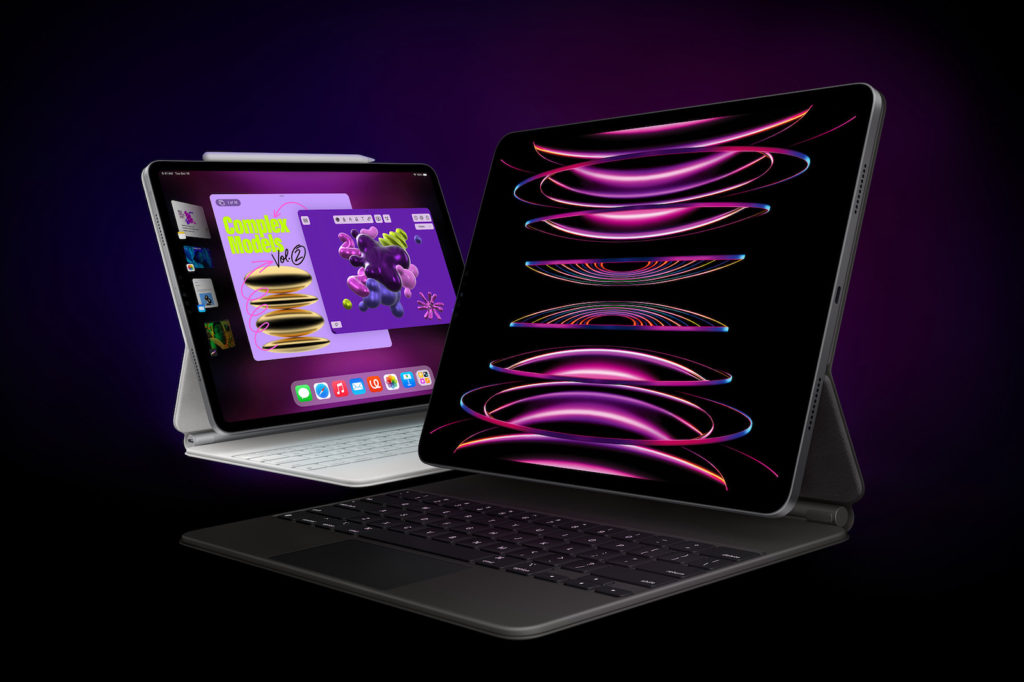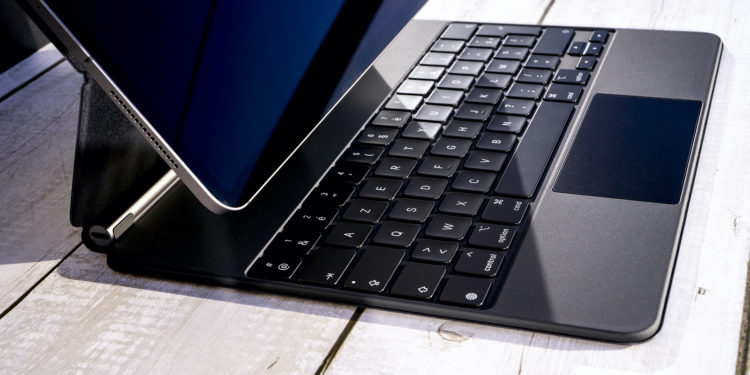Excitement is building among Apple fans worldwide as the release of the next generation iPad Pro draws closer. One of the biggest changes in the product line is about to happen with the introduction of OLED displays in these tablets. The potential price increases for these models have already caught the public's attention, but there is good news - the cost could potentially be lower than initially feared.
Apple has historically set the bar for innovation in the tablet market, and the iPad Pro is no exception. By incorporating OLED technology into their latest models, Apple is once again showing their commitment to high-quality products. Below, we take a closer look at the expected price increases, the reasons behind them, and what else the new iPad Pro models have to offer.
New iPad Pro models with OLED display
The rumor mill was in full swing when it was first claimed that the next-generation 11-inch OLED iPad Pro could start at a whopping $1,500, while the 13-inch model could even start at $1,800. Some speculation even went as high as $2,000 for the larger model, with this likely indicating a higher storage configuration. But reports from DigiTimes suggest that the price increase may not be as drastic as initially thought. Prices for the current iPad Pro models start at $799 for the 11-inch model and $1,099 for the 12.9-inch model with mini-LED display. The expected $160 price increases could mean that the entry-level 11-inch OLED iPad Pro will still remain under the magic $1,000 mark, while the 13-inch model will start at around $1,200 to $1,300.
Start expected at the end of March
The main reason for these price increases is the high-quality OLED panels that Apple will use for the first time in its iPads. Compared to traditional LCD panels, OLED panels are more expensive to source. In addition to the cost, Apple's special requirements for the screens, such as the thin design and tandem stack design, contribute to the higher production costs. However, OLED technology also offers significant advantages, including improved longevity, efficiency and higher brightness.

Apple sources these OLED panels from Samsung and LG Display, who are said to have developed special two-stack tandem OLED panels specifically for Apple. This underlines Apple's commitment to innovative technologies and partnerships with industry leaders. The new iPad Pro models are expected to be powered by Apple's latest M3 chip, which promises a significant increase in performance. Additionally, MagSafe charging could be an option for the upcoming devices, making wireless charging even more convenient. A revised Magic Keyboard is also expected, which includes a larger trackpad and makes the iPad Pro look even more like a laptop. According to current reports, the devices are set to make their debut at the end of March. So the whole thing should remain exciting. (Photo by Elinaxx1v / Bigstockphoto)





